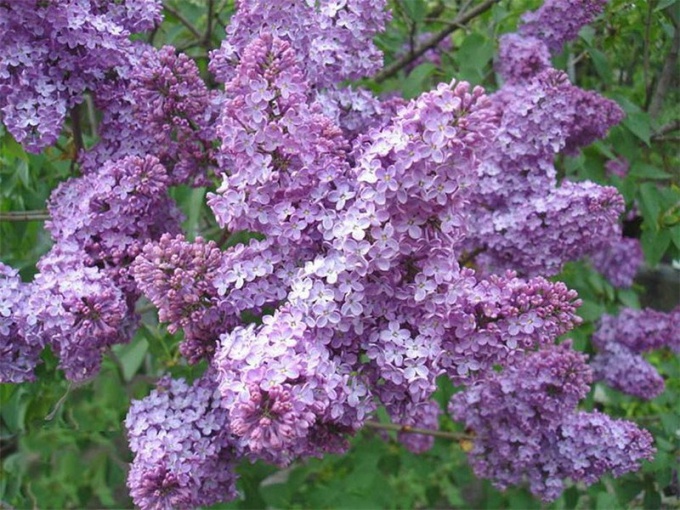Instruction
1
Transplanting lilac, it is important to follow the planting dates. Most favorable for transplantation is the period from mid-August to late September. Lilac is dormant, and before the onset of winter cold there is still a sufficient number of warm days so she has time to take root well.
2
Transplant lilac it is best to choose a site on flat land or a gentle slope with good drainage. The groundwater table should not be closer than 1.5 m from the surface. Lilac develops best on moderately moist fertile soils with acidity close to neutral (pH of 6.6 to 7.5).
3
When lilacs transplanted in the optimum time period for the normal growth of the shrub enough to have one copious irrigation. In the case when the plant cannot be replanted in time, it is necessary to take additional measures to neutralize the adverse factors.
4
If the frost remains less than a month, is recommended immediately after watering sprinkle tree trunks peat, wood shavings or dry leaves. The mulch layer should be thick, not less than 20 cm, this will protect the soil from rapid freezing.
5
The base of the trunk must be isolated from the mulch material, otherwise after warming increases the likelihood of rot. To isolate the trunk you can use cut plastic bottle. When the snow melts, the mulch should be removed, otherwise it will prevent the soil warming.
6
If you caught cold with excavated planting material, it is necessary to hide in a secure place, such as fruit seedlings. In this case, the lilac should be planted in the spring. Recommended to prepare in advance a hole, because the earlier you will be able to transplant the lilac, the more it will have time to take root.
7
In the spring need time to transplant the lilacs before the awakening of the kidneys. If plants have flower buds, remove them. After the transplant, the shrub should be regularly watered and also loosen the soil, tree trunks of the circle. Recommend additional treatment stimulants the formation of roots, to do this, use drugs such as "Zircon", "Kornevin" and "EPIN".
Note
Lilac transplanted with open root system, in the first summer may grow worse, causing a partial small flowering and shoot growth. It requires careful care — regular watering and spraying, as well as protection from the sun and wind.
